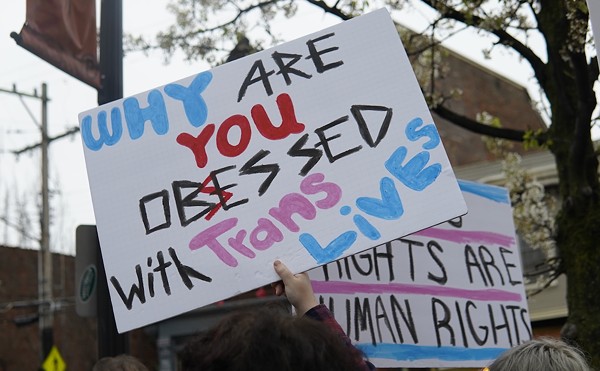Recent unrest in Tibet and protests over the appearance of the Olympic torch show the value, indeed the necessity, of obtaining information from a variety of sources — and treating all of them with healthy skepticism.
Thanks to the Nobel Peace Prize awarded the Dalai Lama in 1989 and his growing cadre of celebrity devotees, Western awareness of Tibet has grown. The upcoming Olympic Games in Beijing, generating protests against China's oppression of the Tibetan people, have led to increased coverage of that small, remote country. Or is "region" a better word?
The People's Republic of China, of course, insists that Tibet has always been Chinese territory. I was surprised to see some Western news reports on the protests in the Tibetan capital datelined "Lhasa, China," instead of Lhasa, Tibet — an apparent concession to the Chinese perspective.
With increased news coverage comes the elimination of commonly held misconceptions.
For example, even those who had a vague familiarity with some of Tibet's history and its contemporary struggles might have been surprised to learn that not all Tibetans defer to the Dalai Lama on matters of politics. It turns out his decision to drop a demand for independence from China isn't shared by all Tibetans.
Nor is his insistence on nonviolence.
Witness the riots that broke out in Lhasa on the 49th anniversary of the Chinese takeover.
One of the under-reported stories in American religion — itself a field given too little attention by most news media — is the increasing influence of refugee monks teaching Tibetan Buddhism in this country. For example, amidst all the coverage of the Lhasa riots and Olympic protests, Cincinnati reporters seemed not to realize that Tibetan monks are raising funds to build a monastery in Colerain Township. What is their take on recent developments in Tibet?
In matters of religion, as in politics, Tibetans are not of one mind. A recent article on Xinhuanet.com (an arm of the communist state media in the People's Republic of China) recently shed a light on some of the internal divisions within Tibetan Buddhism. It turns out that some of the Dalai Lama's decisions about devotional practices have caused controversy.
The Xinhua article, rooted in official Chinese demonization of the Dalai Lama, is instructive. The article criticized him for violating the freedom of religion of certain Tibetan sects — a shocking accusation against a Nobel Peace Prize winner.
The article refers to a particular spiritual practice banned by the Dalai Lama, leading to expulsions from Tibetan monasteries in India and protests against the Dalai Lama in London and New York.
It also contains spurious descriptions of the internecine conflict, even accusing the Dalai Lama of killing those who disagree with him: "In 1990s, in the name of fighting against the Buddhist Guardian, Gyaiqen Xudain, the 14th Dalai Lama started slaughtering the members of New Kadampa Sect."
Religious oppression is a serious accusation against a spiritual leader, but murder is far graver. If the Dalai Lama were a murderer, why haven't we heard about in in American news media?
In this case, the answer is simple: It's a lie made up by the Chinese government and its supporters.
The Xinhua article accomplishes the unhappy feat of both informing and spreading false information. It details a serious ideological split within Tibetan Buddhism as it's practiced around the world, including Cincinnati, while at the same time making outrageous accusations against the leader of the faith.
Such an article is a useful reminder that, when reading news, especially about little known places and issues, a multitude of perspectives is indispensable.
CONTACT GREGORY FLANNERY: [email protected]





